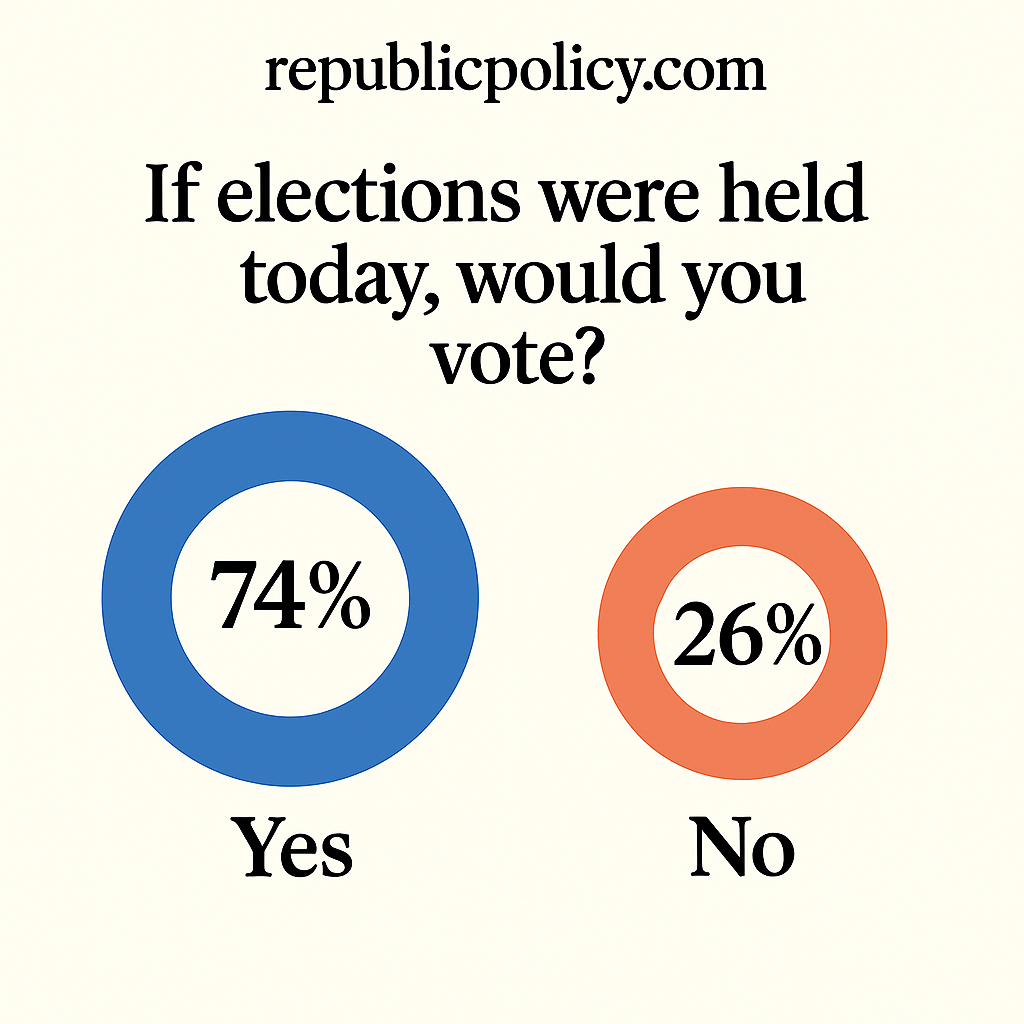Haroon Assad
The recent IMF Staff-Level Agreement (SLA) for a $7 billion program is a step forward, but it is not a guarantee for the revival of economic growth crucial for the young population. The government’s projection of 3.5 percent GDP growth in FY25 appears overly optimistic, and it would be surprising if the figure exceeded 3 percent.
The ongoing fiscal year faces a lackluster start in the manufacturing and services sector, which, while positive for growth numbers due to potential improvement from a low base, raises concerns. For instance, Large Scale Manufacturing (LSM) witnessed a 10 percent decline in FY23 and remained stagnant in FY24. A slight rebound would be needed to bring it back on track, reflecting a similar situation in the wholesale and retail trade services.
However, the agricultural outlook is worrisome. Starting from a high base, last year’s growth of 6.25 percent contrasts sharply with the previous five years’ average of 3 percent. The farm economy is under strain due to the absence of adequate wheat support prices, potential impacts of harsh summers on cotton crops, and risks of erratic monsoons affecting output negatively.
Pl subscribe to the YouTube channel of republicpolicy.com
Moreover, the end of the rice boom due to increased taxation on exports and other agricultural challenges is reflected in decreasing land lease rates in certain parts of Punjab. The newly imposed taxation on agricultural income from January 1, 2025, adds further concerns about its potential impact on growth and overall demand in rural economies.
In urban areas, higher taxation on incomes and the ending of sales tax exemptions on various products utilized by the middle class could decrease purchasing power and dampen economic growth and employment generation. Sectors such as automobile sales, cement, and steel are experiencing multi-year lows, and the overall business and consumer sentiment post-budget is not optimistic.
While the IMF agreement brings temporary relief, it cannot overshadow the deeper economic issues. With challenges in agriculture, squeezed urban consumers, and fragile signs of recovery in critical sectors, sustainable economic growth necessitates comprehensive reforms, robust public investment, and policies stimulating both domestic and foreign investment. Failure to address these issues risks economic stagnation, impacting the current and future generations.
It is imperative for the government to adopt a long-term vision beyond the immediate relief provided by the IMF program to navigate the perilous road ahead.















